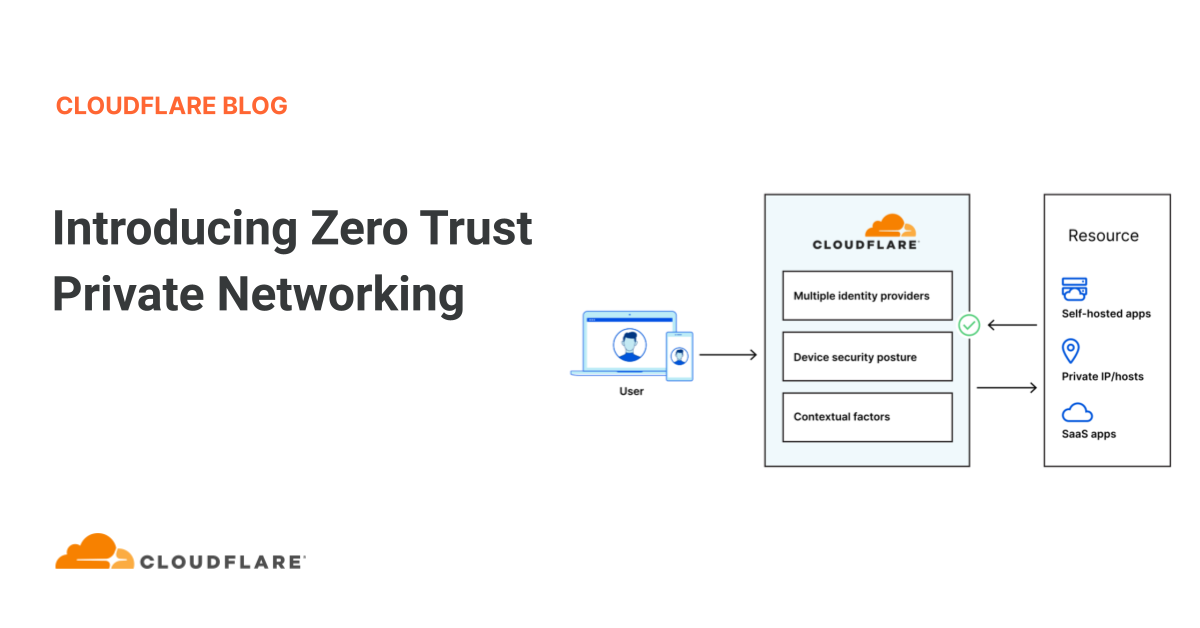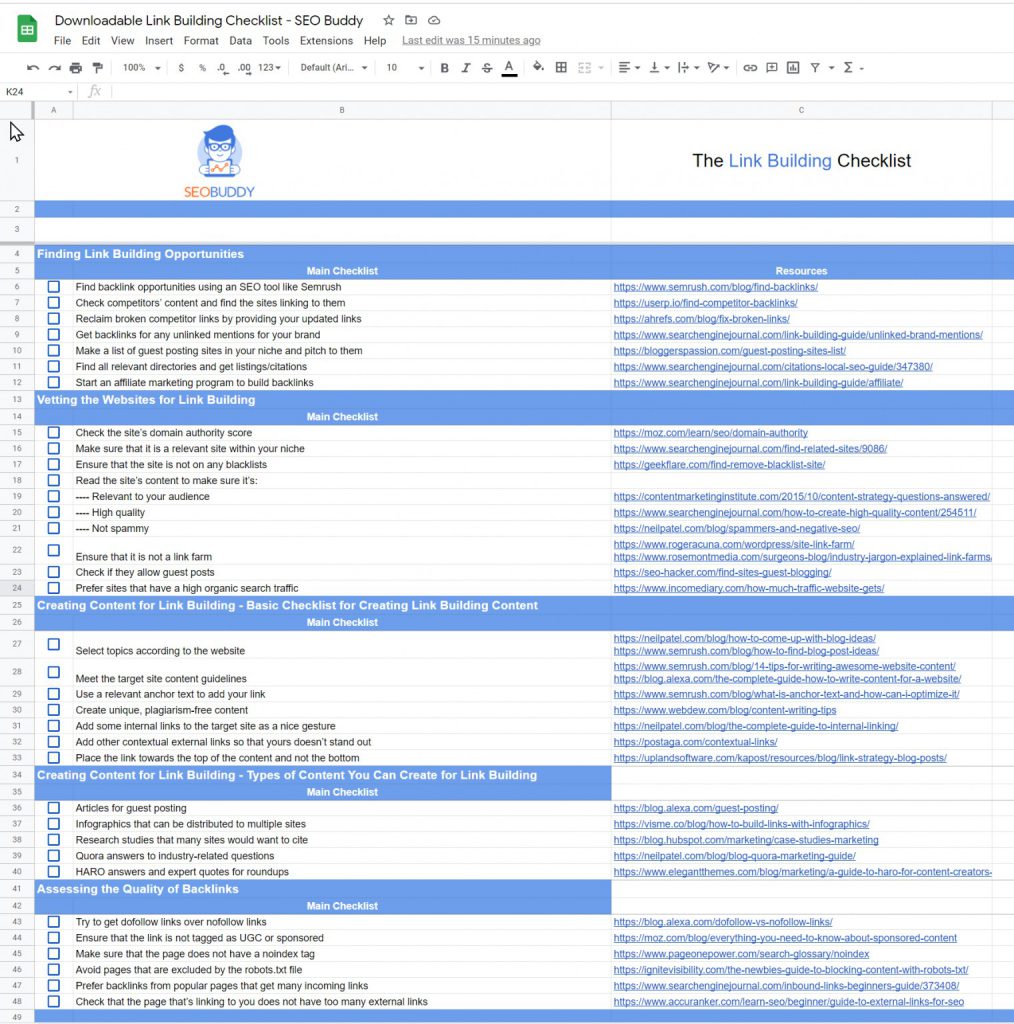All Categories
Featured
Table of Contents
- – What Is The Most Reliable Semantic Keywords?
- – What Is The Leading Nlp For Semantic Seo Busin...
- – How Much Should I Pay For Semantic Seo Best P...
- – Who Is The Premier Semantic Seo Techniques Ma...
- – Top-Rated Semantic Seo Audits
- – Which Is The Most Popular Semantic Seo Best ...
- – Which Is The Leading Semantic Seo Content St...
The internet is changing, coming to be a growing number of semantic. SEO is also changing and ending up being much more semantic. This is since internet search engine have actually progressed and are relocating increasingly more towards reading material on the internet. Certainly, that has additionally transformed the method we produce material, especially if we want to place much better in the online search engine.
Intertwingularity is not generally recognized, people maintain pretending they can make things deeply hierarchical, categorizable and sequential when they can't. Based on the connections in between search intentions, the search engine prefers a material in positioning by calculating the distance in between the vectors of meaning.
It permits you to see, beginning with a topic, all the entities that are associated to that topic. By doing this you can clearly see which entities/concepts/ideas have already been covered on your website, and you can find brand-new chances by comprehending what material you can include and just how to produce it.
What Is The Most Reliable Semantic Keywords?
It is able to make your material reasonable for internet search engine on the one hand and for your audience on the various other. Structuring your material design highlights your web content and its underlying connections so that online search engine can acknowledge you amongst hundreds of pieces of info, making you extra visible to customers that fulfill the search intent pertaining to your service.
In semantic search engine optimization copywriting, an editor starts from a broader variety of topics and tailors the material to include semantically relevant terms and expressions that assist viewers comprehend a subject, similar to reviewing material in a wiki. From a web content writing point of view, one sensible way to do this is to produce a vocabulary of terms and questions bordering your target subject.
What Is The Leading Nlp For Semantic Seo Business?
Find out more about by watching the by!.

Semantic search describes the process of exactly how online search engine understand and match keyword phrases to a searcher's intent in organic search results. Prior to semantic search, search engines like Google ran like matchmakersaligning certain words in your question with those exact words on websites. The results were uncomplicated but usually did not have deepness.
How Much Should I Pay For Semantic Seo Best Practices?
It allows Google to use fast, precise solution to browse queries about real-world topics. When you kind a query word right into Google, you're not just getting in a sequence of words. You tap into a complex web of meanings and connections. Google's Understanding Graph sees these words as entities with context and connections.
When you look for "Apple," Google doesn't just see a word that explains a fruit. It acknowledges Apple as a business and can offer associated details. It was Google's response to the increase of voice searches, where queries ended up being much more conversational and nuanced.
Who Is The Premier Semantic Seo Techniques Manufacturer
By integrating NLP, Hummingbird allowed Google to move beyond mere keyword matching. It helped the internet search engine comprehend search intent, boosting the probabilities that results would accurately match the reason behind a customer's search. As the third crucial ranking variable after material and links, RankBrain has actually improved Google's semantic search capabilities to comprehend the definition of search queries.
Making it extra effective at handling never-before-seen search queries. RankBrain thinks about more than simply search phrases when examining a search query.
So it fetches outcomes that match the search phrases and straighten with the overall intent of offering puppy training recommendations. And if the individual often looks for dog-related material, Google might focus on extra detailed training guidesrecognizing the user's ongoing interest in the subject. Integrating innovations like the Knowledge Chart, Hummingbird, and RankBrain, semantic search assists the Google algorithm interpret and link data throughout a substantial web of info.
Top-Rated Semantic Seo Audits
The emphasis shifts from keyword option to an all natural approach encompassing customer intent, topical relevance, and overall customer experience. Producing web content that addresses the searcher's needs with comprehensive info can boost your SERP rankings. Below, we lay out the fads and practices that settle the requirement for semantically educated content. Later, we supply actionable tips to turn these insights right into finest practices.
A wider strategy to content aligns much better with semantic search's shift away from specific keyword matching and toward user intent. Web content that covers search inquiries much more thoroughly not just satisfies customers.
UX aims to produce a visually appealing, user-friendly user interface with interesting, high quality web content that motivates site visitors to remain. Semantic search innovation allows search engines to intend for results that provide the finest possible UX.
Which Is The Most Popular Semantic Seo Best Practices To Buy

All display Google's capability to address a topic inquiry thoroughly. By understanding the context and intent behind customer inquiries, online search engine can supply more relevant info and possibly boost customer interaction. Customization in search results page creates much better UX.Based on your past search history and choices as an individual, semantic search assists internet search engine customize the outcomes to suit your one-of-a-kind requirements and passions.
It brings results that match the key words and align with the total intent of giving pup training recommendations. And if the user regularly looks for dog-related material, Google might focus on much more thorough training guidesrecognizing the customer's continuous interest in the topic. Integrating technologies like the Expertise Chart, Hummingbird, and RankBrain, semantic search helps the Google algorithm analyze and connect information throughout a huge internet of info.
Which Is The Leading Semantic Seo Content Strategies Company
The focus shifts from keyword choice to a holistic approach incorporating user intent, topical importance, and overall customer experience. Creating material that resolves the searcher's needs with thorough details can improve your SERP positions.

A wider strategy to material aligns much better with semantic search's change away from specific key words matching and towards user intent. Material that covers search queries much more extensively not just satisfies customers.
UX intends to develop an aesthetically appealing, straightforward interface with appealing, top quality web content that motivates visitors to remain. Semantic search technology allows search engines to aim for outcomes that provide the best feasible UX.
All display Google's capacity to attend to a topic inquiry comprehensively. By recognizing the context and intent behind customer queries, search engines can provide much more relevant information and possibly enhance individual interaction. Customization in search results produces far better UX.Based on your past search background and preferences as an individual, semantic search helps internet search engine tailor the outcomes to suit your special demands and rate of interests.
Table of Contents
- – What Is The Most Reliable Semantic Keywords?
- – What Is The Leading Nlp For Semantic Seo Busin...
- – How Much Should I Pay For Semantic Seo Best P...
- – Who Is The Premier Semantic Seo Techniques Ma...
- – Top-Rated Semantic Seo Audits
- – Which Is The Most Popular Semantic Seo Best ...
- – Which Is The Leading Semantic Seo Content St...
Latest Posts
Where To Buy The Top Semantic Seo Techniques
Who Makes The Leading Semantic Seo Vs Traditional Seo
What Is The Most Popular Advanced Semantic Seo Deal Right Now
More
Latest Posts
Where To Buy The Top Semantic Seo Techniques
Who Makes The Leading Semantic Seo Vs Traditional Seo
What Is The Most Popular Advanced Semantic Seo Deal Right Now